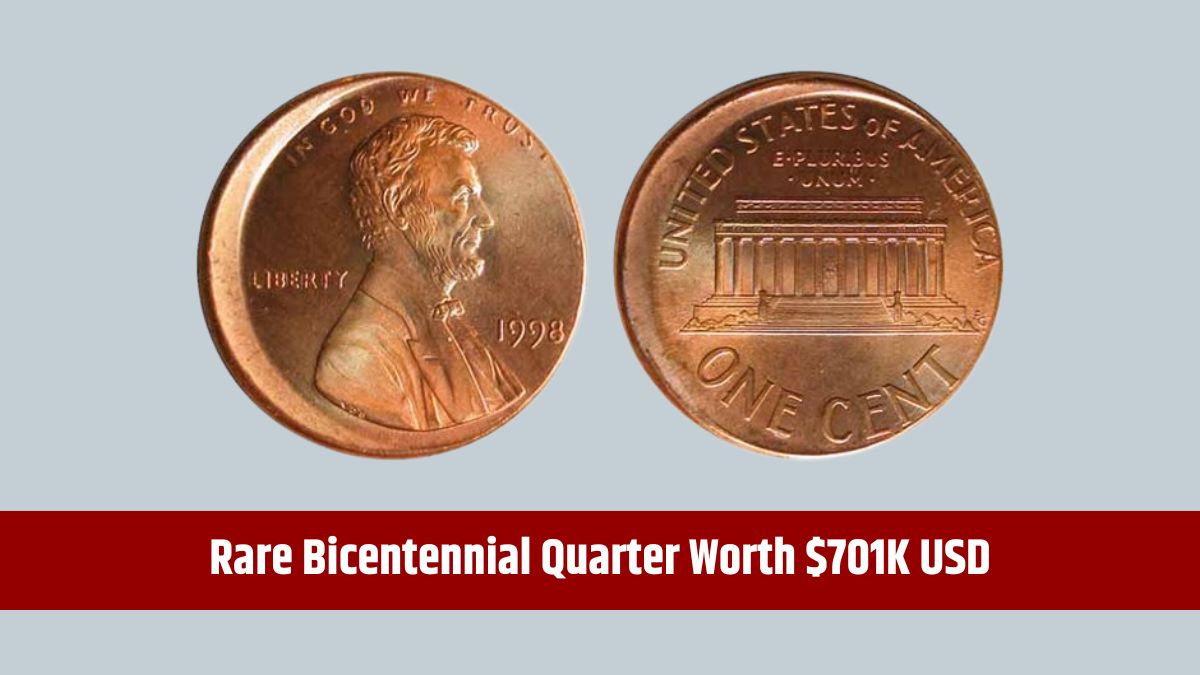Social Security Disability Insurance (SSDI) is a federal program designed to provide financial assistance to workers who are unable to work due to a long-term disability. SSDI helps bridge the gap for those who cannot earn an income because of their condition, and it may last until the recipient reaches Full Retirement Age (FRA), at which point SSDI converts to regular retirement benefits.
In October 2024, SSDI recipients will receive four payments, and knowing the exact date of your payment depends on when you started receiving benefits and your birthdate. Let’s investigate who is eligible for early October payments and how SSDI payouts work.
Payment
Some SSDI recipients can receive their payment as early as October 3rd, 2024. If you were approved for SSDI before May 1997, you qualify for this early payment. This is because recipients who have been receiving benefits for a long time follow a different payment schedule compared to those approved after May 1997.
Additionally, if you receive both SSDI and Supplemental Security Income (SSI) simultaneously, you also qualify for the October 3rd payment. SSI recipients will receive their payments on October 1st, and if you’re receiving both benefits, you’ll see two payments during this week: one on October 1st for SSI and one on October 3rd for SSDI.
October 9th
For those who began receiving SSDI after April 30, 1997, your payment date is tied to your birthday. If your birthday falls between the 1st and 10th of any month, you will receive your SSDI payment on October 9th, 2024. This payment covers benefits for the previous month (September), and it is automatically deposited into your bank account or sent via check, depending on your preference.
After October 9th
Other SSDI recipients will receive their payments later in the month, based on their birthdate:
- October 16th, 2024: For recipients born between the 11th and 20th of any month.
- October 23rd, 2024: For recipients born between the 21st and 31st of any month.
Knowing your payment date can help you plan your finances more effectively, ensuring you’re prepared to manage your monthly expenses.
Eligibility
To qualify for SSDI, you must meet certain criteria:
- You must have worked and paid Social Security taxes for a specified number of years (usually 10 years) to earn enough work credits.
- Your disability must prevent you from doing any substantial gainful activity (SGA) for at least 12 months or be expected to result in death.
- The Social Security Administration (SSA) must approve your disability application, which includes providing medical evidence that supports your claim.
If your disability improves and you’re able to return to work, or if you no longer meet the requirements, your SSDI payments may stop. It’s essential to notify the SSA of any changes in your condition.
Amounts
SSDI payments vary significantly depending on your earnings history and how much you’ve paid in Social Security taxes over the years. The more you’ve earned and paid in taxes, the higher your monthly benefit will be.
For example, the average SSDI payment is $1,537 per month, but individuals who have earned the taxable maximum for 35 years can receive as much as $3,822 per month. Your exact payment will depend on your specific work history, and it may also increase over time with Cost-of-Living Adjustments (COLA).
Considerations
It’s important to keep track of your payment dates and eligibility requirements to ensure that you receive your SSDI benefits without interruption. Here are a few tips:
- Track Your Payment Dates: Set reminders for your payment date based on your birthday to ensure you know when to expect your funds.
- Stay Compliant: Keep the SSA informed of any changes in your health or work status to avoid disruptions in your payments.
- Budget Wisely: Plan your finances around your SSDI payment schedule to ensure you can cover monthly expenses like rent, utilities, and groceries.
In October 2024, SSDI recipients can expect four payment dates depending on their birthdate and when they started receiving benefits. Payments start on October 3rd for those who have been receiving SSDI before May 1997 or those receiving both SSDI and SSI. For others, payments will arrive on October 9th, 16th, and 23rd.
If you’re receiving SSDI, knowing when to expect your payments is essential for managing your budget and staying financially stable. Ensure that you remain eligible by adhering to the SSA’s guidelines, and stay on top of any changes to your disability status.
FAQs
When will I receive my SSDI payment in October?
If you receive benefits before May 1997 or receive both SSDI and SSI, your payment will be on October 3rd. Others will receive payments based on their birthday, on October 9th, 16th, or 23rd.
Who qualifies for the October 3rd SSDI payment?
Those who started receiving SSDI before May 1997 or receive both SSDI and SSI qualify for the October 3rd payment.
What happens if my disability improves?
If your disability improves and you can return to work, your SSDI payments may stop. You must report any changes to the SSA.
How much will I receive from SSDI?
SSDI payments vary based on your work history and Social Security taxes paid. The average SSDI payment is $1,537, but those with a higher earnings history can receive up to $3,822.
Can I receive SSDI and SSI at the same time?
Yes, if you meet the eligibility requirements for both programs, you can receive SSDI and SSI payments simultaneously.






